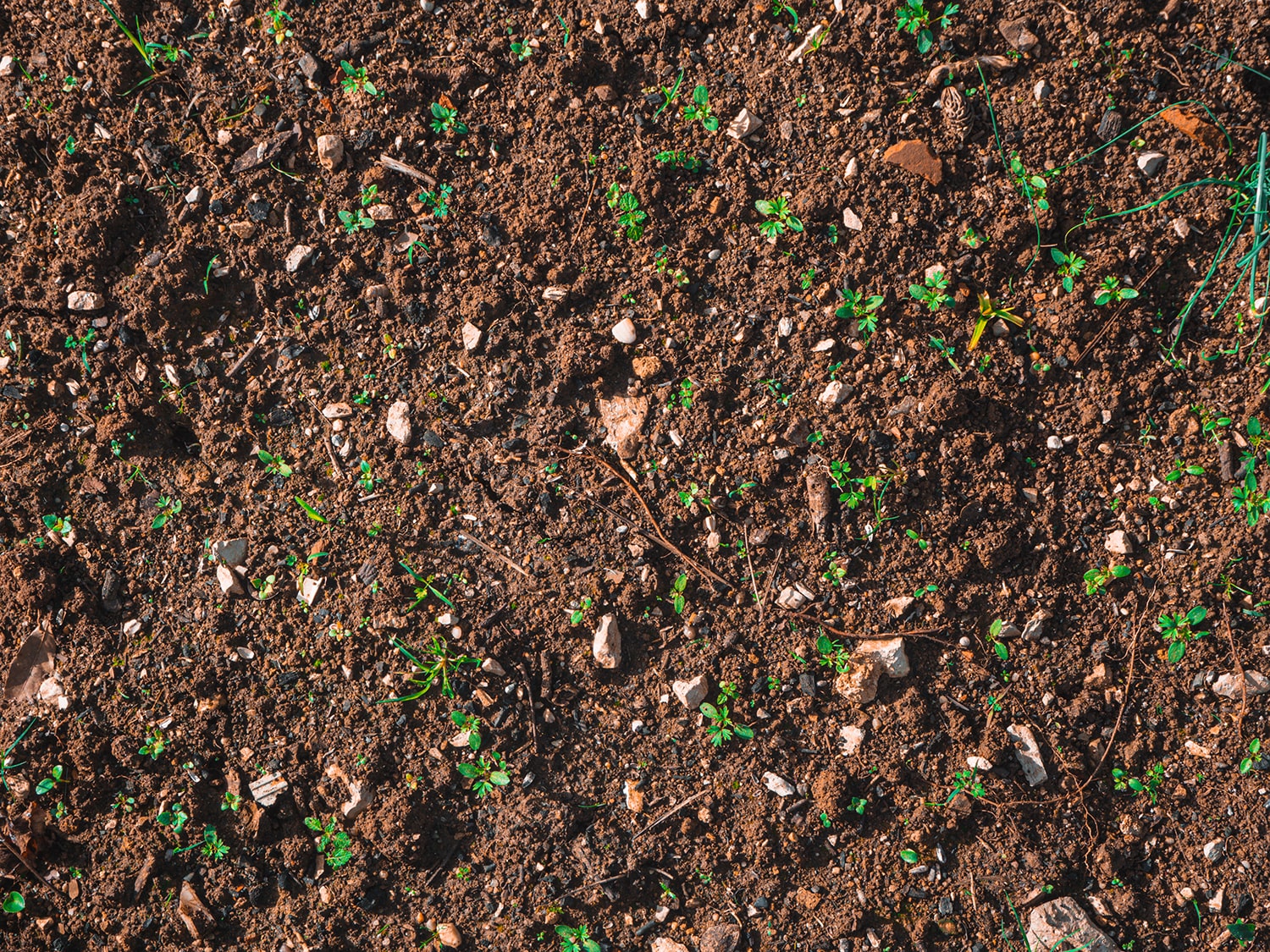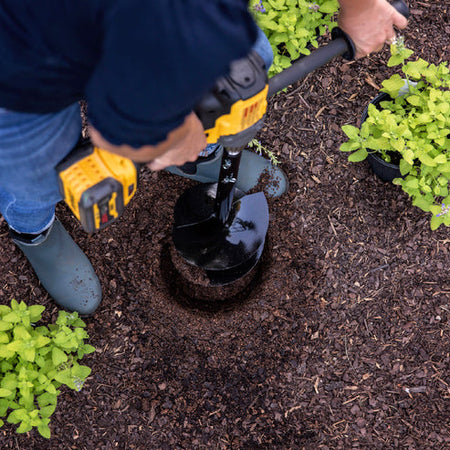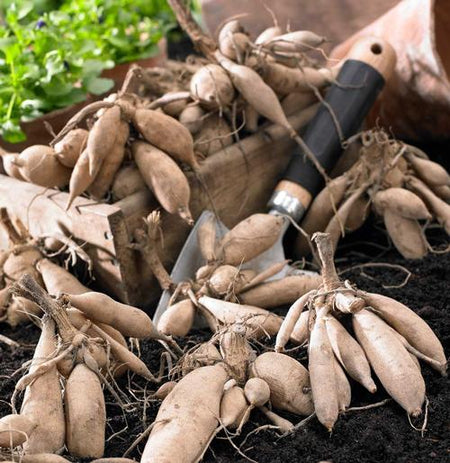Many gardeners and landscapers know that during the planting process, improper depth and placement of your plants can leave them stressed and in danger of not making it through the season. This often results in high plant loss, and it can leave your garden or yard looking much more barren than you’d anticipated.
To avoid wasting effort and losing your plants, you can read up on improper planting practices, like planting at the wrong depth and digging undersized holes for your plants. These are easy mistakes to make and every gardener or landscaper has made them once or twice.
The good news is that they are easy to correct.
This guide is meant to help point you in the right direction when digging holes for plants. That way, you can reduce plant loss and enjoy a vibrant, beautiful garden.
Dig Proper Holes for Your Plants
Digging holes seems pretty straightforward at first thought. However, once you get into the garden and start digging holes for your plants, you may realize you’re not sure how big each hole should be or how to dig to the proper depth.
Especially if you’re planting more than one plant at once, or a variety of different plants at the same time, you need to be cognizant of the size of the holes you’re digging.
There’s definitely a right way to dig a hole for planting. Using a shovel or garden spade to dig holes leaves the gardener guessing at the depth, making it easy to miss-measure. What’s more, you may end up with holes that are the improper width – which can result in plant loss.
Using a shovel to dig holes for your plants also leaves you with very large clumps of soil once you’re done digging. These clumps are not easy to backfill into holes once the plants are put in.
Backfilling holes with soil is a vital part of the process when it comes to reducing plant loss in your garden or yard, and there are ways to get around the clunkiness of using a shovel.
Keep reading to learn more.
A Tip From Us – Use an Auger
We recommend that you use an earth auger or a plant auger to dig proper holes for your plants. This will help you reduce plant loss. Augers come in several different diameters and lengths – you can choose the size you’re looking for according to the unique conditions of your project.
Earth augers and plant augers will grind soil while you’re drilling so you can easily backfill holes. This allows for terrific root-to-soil contact and decreases plant stress and loss. A win-win!
Be careful to choose the right-sized auger – this ensures you will be able to drill to the depth needed for your plants – and you’ll be able to dig much more quickly and easily than using a shovel or a spade.
Greg Niewold, owner of Power Planter®, explains how his family uses augers for projects at their home in rural Illinois -
“At our home, my wife Lisa likes to use this plant auger (below) for the hundreds of annuals she plants in containers and for planting our flower beds each year.
Because I’m over six feet tall, I like to use an extended length bulb auger each fall to plant flower bulbs in our wildflower patch – this helps prevent me from bending over too much. I can drop the bulb from a standing position, kick in the soil, and keep moving. I also use the auger to do some tilling in the garden in the spring.
We landscaped our house two years ago using earth and plant augers and our plants are thriving. The biggest reason for this is the pulverized soil the augers make.
The soil was easily backfilled around the transplanted shrubs and trees, and we really didn’t see any transplant stress at all. Having loose soil right next to those roots allowed them to start growing on day one.”
Earth Augers as Post Hole Diggers
From Greg (continued) -
“In this YouTube video (above) you can see me using a 7” x 28” auger to dig holes for a burning bush and forsythia windbreak we put in a couple of years ago. The video really shows the power and efficiency of the large auger and how it can be used as a post hole digger.”








